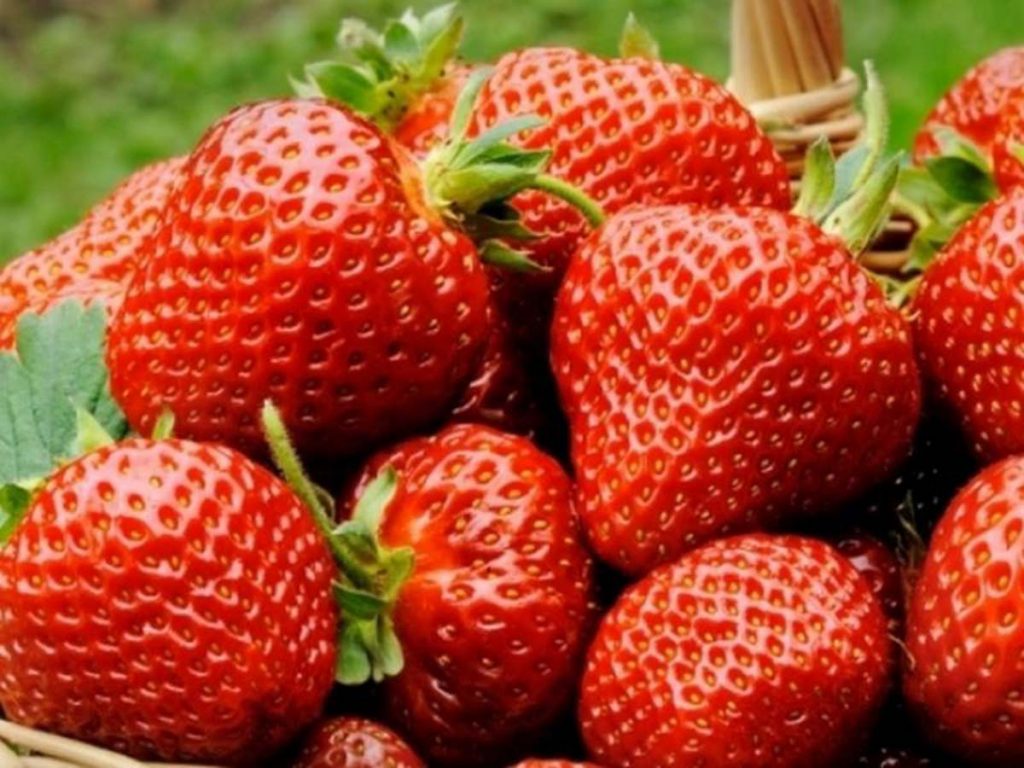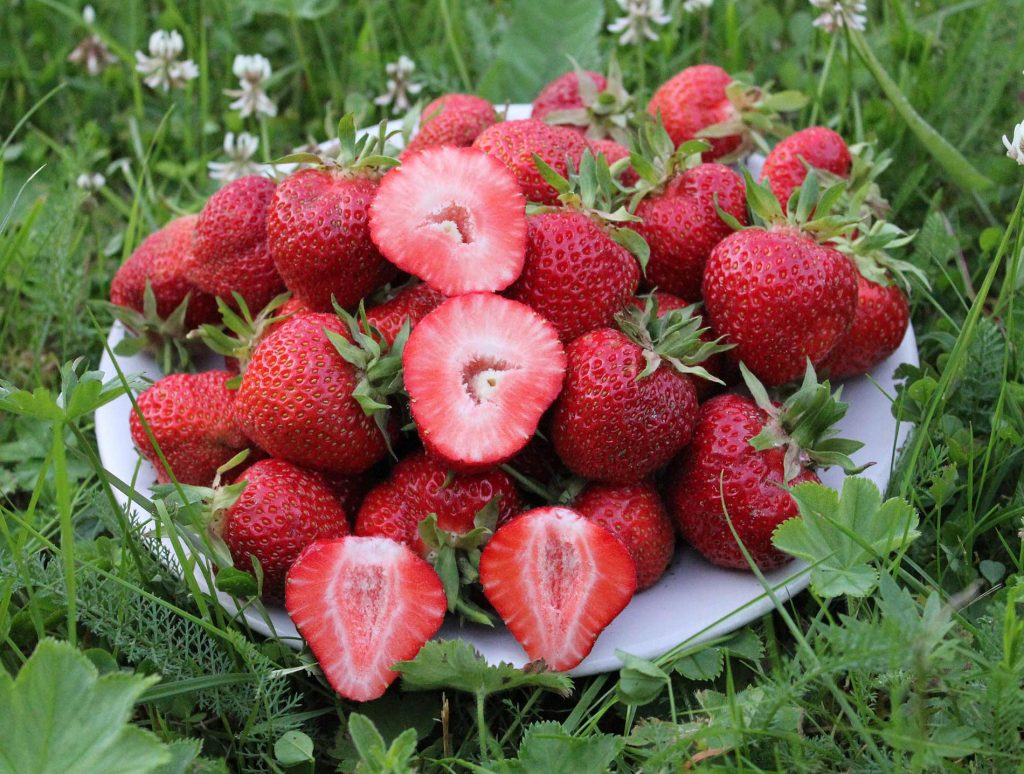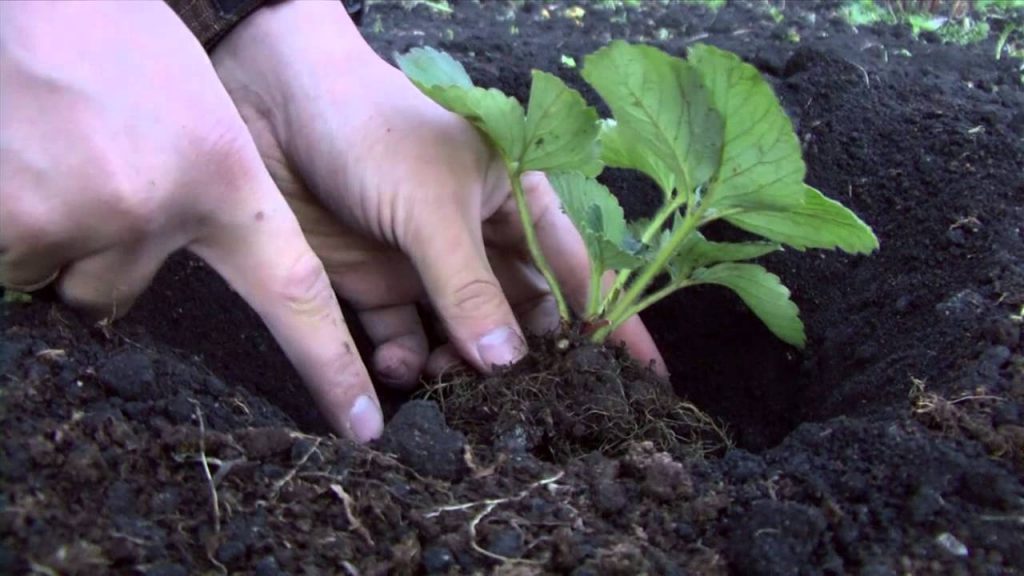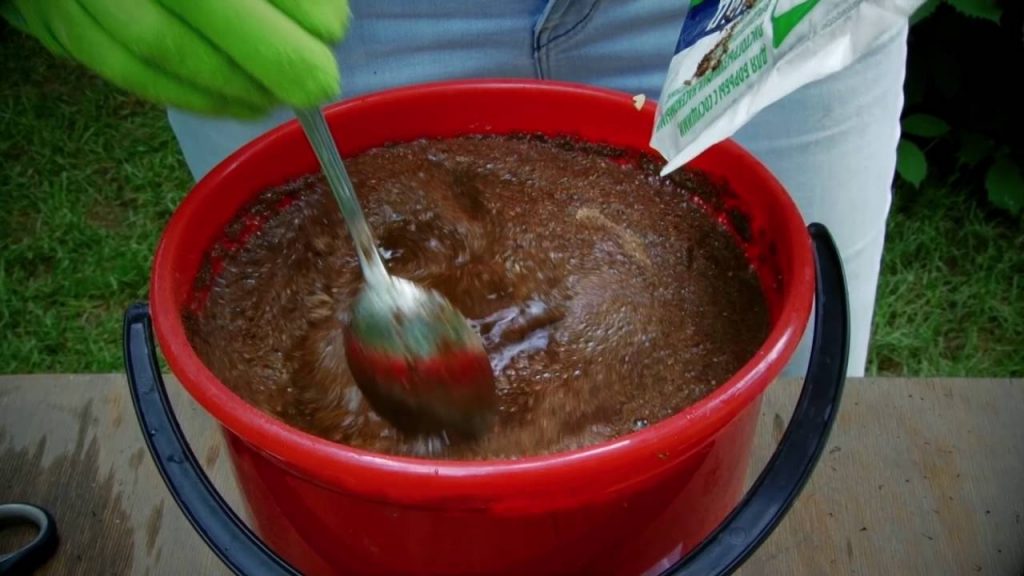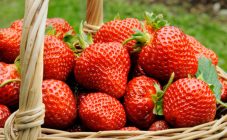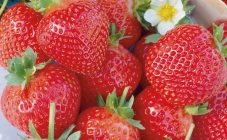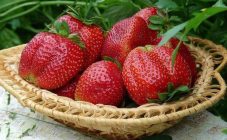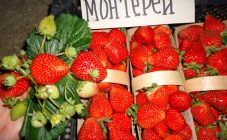Content:
Florence strawberries are native to the UK. The culture is characterized by high productivity, late ripening. It can be grown both outdoors and indoors.
In 1997, the variety was bred by English breeders at the East Mulling Research Institute of Horticulture and Agriculture. The following species were used for crossing: Providence, Gorelia, Tioga, and other less common varieties. The original name of the culture is Florens, in Russian - Florence or Strawberry Florence. Many gardeners are mistaken in thinking that two different varieties have the same name. They are one and the same culture.
Description of the Florence strawberry variety
Strawberry bushes are large, powerful, compact. Peduncles are located on top of the leaves. Their stems are strong. The plant produces a small amount of whiskers, but Florence reproduces well. The leaves are large, wide, dark green, glossy, formed into rosettes.
The plant can bear fruit intensively in one place for 5 years. This is considered one of the main features of the variety. The bushes should be rejuvenated every 3 to 4 years.
The fruits are large, bright red. They are different in shape: round, conical, oval. The mass of one strawberry ranges from 30 to 60 grams.
Florence strawberries reproduce in three ways:
- seeds. Sow seeds in small pots. In a month, sprouts should appear. Seedlings are planted in the beds when 5 - 6 leaves are formed.
- Mustache. The antennae are fixed in the ground. After the roots appear, they must be transplanted to permanent places.
- dividing the bush. For such a procedure, it is better to take a 3-4 year old copy.
Specifications
Strawberry pulp is dense, tender, red, juicy, sweet-sour in taste, has a characteristic strawberry aroma. The culture is distinguished by good fruiting. The berries ripen late (late June - late July). Duration of harvest is 3 - 4 weeks. One bush is capable of giving from 400 gr. up to 1 - 1.5 kg. strawberries for the season. Farming production can receive 33 - 35 tons per hectare.
The strawberry variety Florence has high frost resistance (it can withstand temperatures down to -20 degrees). He tolerates humid cool weather well, prefers a temperate warm climate, does not like heat. This variety of strawberries is suitable for growing in the northern regions, southern regions, as well as the Moscow region, the middle lane. The plant is resistant to various diseases, little affected by powdery mildew, root rot. Fungal formations and various spots are very rarely observed on the fruits.
Berries have good shelf life, can be stored for a long time (5 - 6 days) in the refrigerator. Excellent long-distance transportation. They make delicious preserves, jams, compotes, and freeze them.
The plant prefers sandy soil, but with good care it also bears fruit on clay soil (if humus is added). The bushes are not demanding on the soil, they take root well and grow in ordinary beds, in greenhouses.
Training
Each gardener himself determines the timing for planting strawberries. It all depends on the location of the regions, different climatic conditions. It is preferable to buy seedlings with a closed root system (each sprout must have its own container).So the bushes will take root faster. Plants can be planted in early spring (then you have to cover them from frost) or in autumn, at the beginning of September.
For strawberries, you should choose a bright sunny area. Light shading is allowed. The place should be dry, without close groundwater. Otherwise, the roots of the plants will rot.
The garden bed must be prepared in advance (a month before planting): remove weeds, add humus (3 buckets / m2) or rotted manure. Dig up everything. If the soil is acidic, add chalk powder or dolomite. Before planting plants, the earth is moistened.
Landing technology
To begin with, you need to prepare the holes (the usual diameter is 10 - 12 centimeters). They must match the size of the plant roots. The distance between the bushes must be made at least 40 cm. The soil in the planting holes is irrigated with water (300 ml for each).
Saplings are laid out in holes, the roots are straightened. Sprinkle with earth, carefully compact. Water the bushes and mulch with sawdust.
Care
Florence does not like drought. This will negatively affect the quality of the fruit (they will become small, tasteless). Therefore, immediately after planting a seedling, it should be watered every three days (10 liters of water / 1m2). When the plant adapts, watering is reduced to 1 time in 10 - 14 days (during the heat - 1 time per week). Until the time when the bushes bloom, it is preferable to irrigate them using drip irrigation, sprinkling.
It is necessary to regularly remove the mustache, leaving a couple of pieces for reproduction.
Strawberry bushes need to be fed in the spring (nitrogen) when buds are formed (potassium, phosphorus, wood ash). After collecting all the berries, you can fertilize the plants with chicken manure (600 g / 10 l. Water) or nitrophos (2 tbsp. L.) And potassium sulfate (1 h. Lodge.) / Bucket of water. The solution is poured under each seedling (400 - 500 ml.). In the fall, before the onset of winter, humus or slurry (mullein) is used.
When the weather is hot, plants need to be sheltered from the bright sun. Throughout the season, the beds are periodically weeded, loosened after each watering procedure.
In autumn, the bushes are trimmed, watered, and nutrients are added. For the winter, plants are wrapped in straw, needles, thin branches, and covering material. This will save the bushes from freezing.
Diseases, pests
Although the Florence strawberry has strong immunity, it is also susceptible to various diseases and insect attacks.
Preventive maintenance should be started in the spring when the snow melts. It is necessary to clear the beds from last year's grass, mulch, remove all sick, damaged, dead plants. Fitosporin solution (4 liters / m2) is added to the water for primary irrigation.
Common diseases, insect pests:
Gray rot. Reason: humidity, there is insufficient ventilation of the bushes. 50 to 80% of the crop may die. Control measures:
- in early spring, spray the plants with Bordeaux mixture;
- remove diseased fruits, weeds, vegetable debris.
- mulch;
- damaged seedlings can be treated with any agent of your choice: fungicide Alirin-B, Switch, preparations Fundazol, Teldon, Bayleton, iodine solution (10 ml / bucket of water), lime.
Fusarium. A fungal infection can occur during hot dry periods. The plant is treated with the chemical Horus, Benorad.
Powdery mildew... This is due to the warm, damp weather. Sprinkle with Selfamide, a solution of copper sulfate and soap. You can use a water-iodine composition, milk whey.
Verticellosis. To avoid disease, strawberry beds need to be weeded, damaged plant fragments removed. Bushes should be pollinated with Fundazol, Benorad.Before planting seedlings, its roots are disinfected with potassium permanganate.
Strawberry mite... They use tobacco dust, Karbofos, Karate.
Slugs. Ways to fight:
- lure pests to traps, collect, destroy;
- the beds are pollinated with wood ash, mulched with lemon balm, tansy, pine needles;
- plants are treated with metal hydride, iron vitriol.
From any gnawing, sucking insect pests, the bushes are treated with Karbofos or with a decoction of tomato tops (2kg / 3l. Of water). Boil for an hour. Cool, add another 5 liters of liquid. The drug Iskra, Fitoferm, Aktar are used against ants.
Advantages and disadvantages
The advantages of the variety:
- berries have an excellent taste;
- the Florence variety is resistant to diseases, weather changes;
- fruits can be stored for a long time, are well transported;
- if the bushes are watered in a timely manner, the berries are not baked in the sun, they do not dry out.
Disadvantages:
- the plant loves moist soils. Drought affects badly the quality and yield of fruits;
- too rainy weather can cause late blight, white, gray spotting;
- in the northern regions it is preferable to grow Florence strawberries under cover. Otherwise, the berries will not fully ripen.
Despite some disadvantages, the Florence strawberry variety can be grown both for personal use and for sale. It is quite popular among summer residents as well as farm owners.
